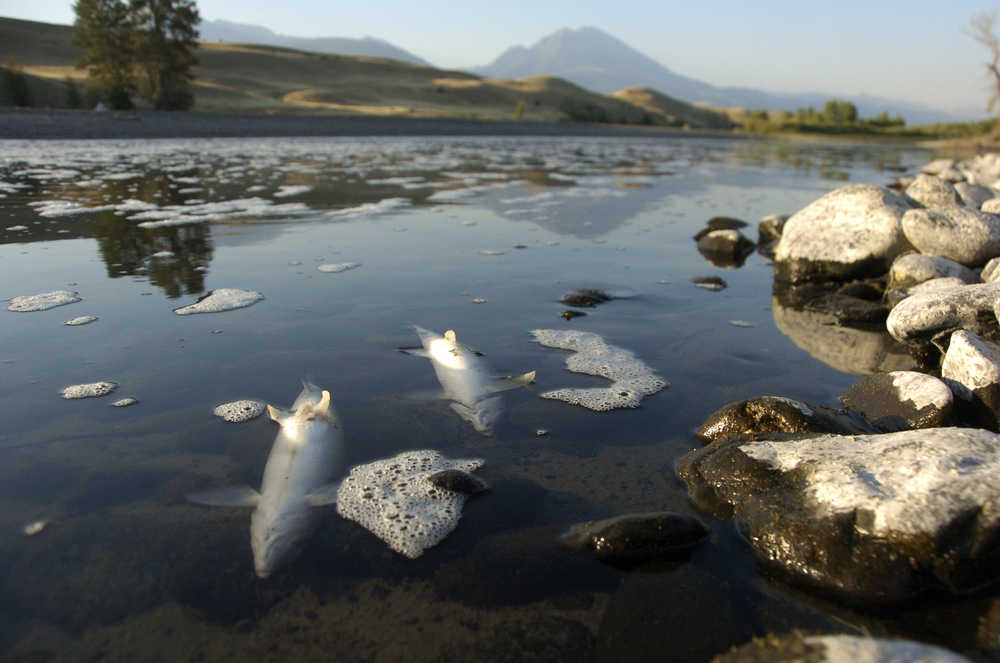BILLINGS, Mont. — Montana re-opened portions of the Yellowstone River and some tributaries Thursday but is keeping a popular stretch closed to all recreational activity due to a parasite that has killed thousands of fish.
State officials lifted the closure outright downstream of U.S. Highway 89, which covers more than 100 miles of river between Livingston and Laurel. But they extended the closure along a 51-mile stretch of the Yellowstone in the Paradise Valley where thousands of mountain whitefish died in recent weeks.
Fish and wildlife officials are allowing rafting and some other activities to resume on a 26-mile stretch just north of Yellowstone National Park. Fishing remains banned in that area.
Some infected and dead fish have been found in the portions of the river that are opening. But cooler water temperatures in recent days should boost survival rates, after warmer water had made fish more susceptible to dying, state officials said.
Additional watercraft inspection stations will be set up to make sure people who use the river are properly cleaning their boats and equipment to prevent the deadly parasite from spreading further, said Fish Wildlife and Parks spokesman Ron Aasheim.
Rafting company owner Mike Barlow in Gardiner said it may be too late to resume the season. He’s already canceled trips and sent customers refunds, he said.
The 183-mile stretch of the Yellowstone and all waterways that drain into it had been closed since Aug. 19 to prevent the deadly aquatic parasite from spreading. The unprecedented move came after thousands of dead mountain whitefish started washing up on the river’s banks downstream from the national park.
Smaller numbers of other fish species have been killed. Fish and wildlife officials have said the rate of fish dying appears to have eased in recent days.
The closure has hurt the state’s outdoors tourism industry and prompted Gov. Steve Bullock to declare an “invasive species emergency” that allows Montana to spend up to $15.4 million on worker retention grants and other programs.
Officials have warned outbreaks of the parasite are possible in future years now that it’s been established in the Yellowstone.

